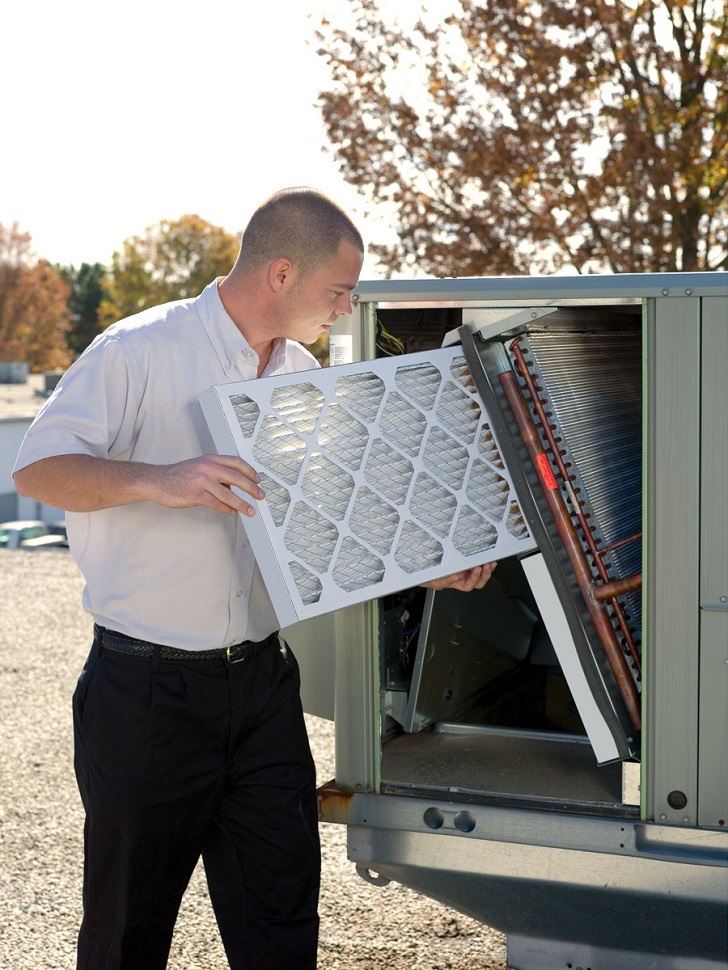
Kimberly-Clark Professional Filtration exhibits for the first time at the 2018 AHR Expo, January 22-24, at McCormick Place in Chicago (booth 1952). The company will feature its broad range of nonwoven filter media for HVAC applications, including pleat, pocket and mini-pleat filters.
Kimberly-Clark’s nonwoven, electret-treated filter media provides both high initial and high sustained filtration efficiencies, from MERV 7-15, and does so with a low pressure drop, for reduced airflow resistance, which results in lower HVAC system energy consumption.
“We are looking forward to connecting with the larger HVAC community and discussing the important role that air filter media plays in achieving indoor environmental goals,” said Juliana Khouri, category marketing manager, Kimberly-Clark Professional Partnership Products.
Indoor air quality
High filtration efficiencies are important for superior indoor air quality (IAQ), which in turn, can impact the health and productivity of building occupants. According to ASHRAE’s Position Document on Filtration and Air Cleaning, the use of air filters that capture particles 2.5 microns or smaller can lead to substantial health benefits.
“Submicron particles, those under 2.5 microns, can travel to the deepest part of the lungs, where they can lead to health problems,” said Khouri. “The particle capture efficiency afforded by our media’s electret treatment removes submicron particles like dust, mold, pollution, bacteria and allergens from the breathing air.”
Coupled with its electret treatment, the underlying mechanical structure of Kimberly-Clark’s air filter media removes submicron particles while keeping airflow resistance low for a long period of time. Low airflow resistance allows the HVAC system motor to function more energy-efficiently, for reduced energy costs.




